Home>Gardening & Outdoor>Landscaping Ideas>How To Take Care Of New Grass Seed
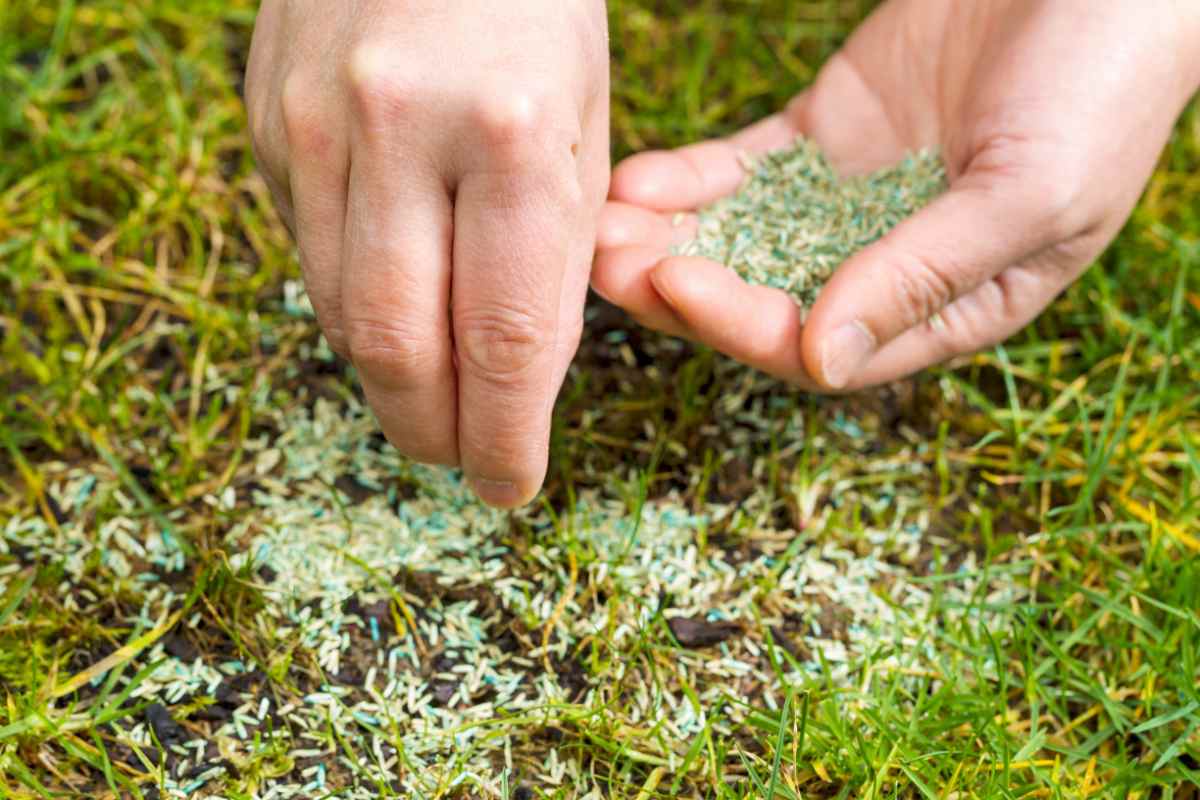

Landscaping Ideas
How To Take Care Of New Grass Seed
Modified: March 24, 2024
Learn the best landscaping ideas for taking care of new grass seed. Discover essential tips for nurturing and maintaining a healthy lawn.
(Many of the links in this article redirect to a specific reviewed product. Your purchase of these products through affiliate links helps to generate commission for Storables.com, at no extra cost. Learn more)
Introduction
Starting a new lawn from grass seed can be a rewarding and fulfilling experience. Whether you're establishing a new lawn or rejuvenating an existing one, proper care and attention during the initial stages are crucial for the success of your grass seed. By understanding the essentials of selecting the right grass seed, preparing the soil, planting the grass seed, and providing adequate maintenance, you can ensure the healthy growth of your new lawn.
Taking care of new grass seed involves a series of well-defined steps, each of which plays a vital role in the overall success of your lawn. From choosing the appropriate grass seed for your specific climate and soil conditions to providing the necessary nutrients and water, every aspect demands careful consideration and precise execution.
In this comprehensive guide, we will delve into the essential steps for nurturing new grass seed into a lush and vibrant lawn. By following these guidelines, you can set the stage for a thriving and resilient lawn that will enhance the beauty of your outdoor space for years to come. Let's embark on this journey to discover the key practices for taking care of new grass seed and creating a verdant landscape that you can take pride in.
Key Takeaways:
- Choose the right grass seed based on your climate, soil, and sunlight conditions to establish a healthy and resilient lawn that thrives in your specific environment.
- Proper soil preparation, watering, fertilization, and ongoing maintenance are essential for nurturing new grass seed and creating a lush and vibrant lawn that enhances your outdoor space.
Selecting the Right Grass Seed
Choosing the right grass seed is the foundational step in establishing a healthy and resilient lawn. The type of grass seed you select should align with the specific conditions of your region, including climate, soil type, and sun exposure. By understanding the characteristics of different grass species, you can make an informed decision that will contribute to the long-term success of your lawn.
Before purchasing grass seed, it’s essential to consider the climate in your area. Certain grass species thrive in cooler climates, while others are more suited to warmer regions. Cool-season grasses such as Kentucky bluegrass, fescue, and ryegrass are well-adapted to northern climates, displaying optimal growth in temperatures ranging from 60°F to 75°F. On the other hand, warm-season grasses like Bermuda grass, zoysia grass, and St. Augustine grass flourish in southern regions with higher temperatures and are more tolerant of heat and drought.
Soil type also plays a crucial role in determining the best grass seed for your lawn. Sandy soils benefit from grasses with strong drought tolerance, while clay soils require grass species that can withstand periods of excessive moisture. Additionally, the amount of sunlight your lawn receives is a key factor in selecting the appropriate grass seed. If your lawn is shaded for a significant portion of the day, shade-tolerant grass species such as fine fescue and creeping red fescue are ideal choices.
When purchasing grass seed, it’s advisable to select high-quality, certified seed that is free of weeds and other crop seeds. Pay attention to the seed label, which provides essential information about the seed’s purity, germination rate, and any added coatings or treatments. Opting for a seed blend or mixture that combines different grass species can offer benefits such as improved disease resistance, enhanced aesthetic appeal, and better adaptability to varying environmental conditions.
By carefully assessing the climate, soil characteristics, and sunlight exposure of your lawn area and selecting the appropriate grass seed based on these factors, you can lay a strong foundation for the successful establishment of a lush and resilient lawn.
Preparing the Soil
Proper soil preparation is essential for creating an optimal environment that promotes the germination and healthy growth of new grass seed. Before planting the seed, it’s crucial to assess the condition of the soil and make any necessary amendments to ensure that it provides the ideal foundation for the grass to thrive.
Begin by conducting a soil test to evaluate the pH level and nutrient content of the soil. This test will help determine if the soil requires any adjustments to create a balanced and fertile growing medium for the grass seed. Most grass species prefer a slightly acidic soil with a pH range of 6.0 to 7.0. If the soil pH is outside of this range, amendments such as lime or sulfur can be added to achieve the optimal pH level.
In addition to pH, the soil test will provide insights into the levels of essential nutrients such as nitrogen, phosphorus, and potassium. Based on the test results, you can apply fertilizer or organic amendments to address any nutrient deficiencies and ensure that the soil provides the necessary elements for healthy grass growth.
Next, prepare the soil by clearing the area of any debris, rocks, or existing vegetation that may hinder the germination of the grass seed. Use a rake or garden tiller to loosen the soil to a depth of 2 to 3 inches, creating a loose and friable seedbed that allows for good seed-to-soil contact. This step is crucial for promoting successful seed germination and establishment.
Once the soil is prepared, consider adding organic matter such as compost to improve soil structure and fertility. Incorporating organic matter enhances the soil’s ability to retain moisture, promotes microbial activity, and provides essential nutrients for the developing grass seedlings.
By carefully assessing the soil’s characteristics, conducting a soil test, and making necessary amendments to optimize the soil’s pH and nutrient levels, you can create a well-prepared seedbed that sets the stage for the successful establishment of new grass seed. This proactive approach to soil preparation lays the groundwork for a healthy and vibrant lawn that will thrive for years to come.
Planting the Grass Seed
Once the soil is properly prepared, the next step in establishing a new lawn is planting the grass seed. This critical phase requires attention to detail and adherence to best practices to ensure successful germination and the development of healthy grass seedlings.
Begin by selecting an appropriate seeding method based on the size of the area and the desired outcome. For larger areas, using a seed spreader or mechanical seeder can help achieve an even distribution of the grass seed. For smaller or irregularly shaped areas, hand broadcasting the seed may be more practical. Whichever method you choose, ensure that the seed is evenly dispersed to avoid over-seeding or sparse areas.
When spreading the grass seed, it’s important to follow the recommended seeding rate provided on the seed label. Over-seeding can lead to competition among seedlings and result in poor establishment, while under-seeding may lead to sparse coverage and weed encroachment. By adhering to the suggested seeding rate, you can promote uniform germination and the development of a dense and healthy lawn.
After spreading the seed, lightly rake the soil to cover the seed to a depth of approximately 1/4 inch. This ensures good seed-to-soil contact, which is essential for successful germination. Avoid burying the seed too deeply, as this can hinder germination and the emergence of seedlings.
Once the seed is sown and lightly covered, gently water the area with a fine mist or a light sprinkling to moisten the soil. It’s important to keep the soil consistently moist but not waterlogged during the germination period, which typically takes 7 to 21 days, depending on the grass species. Regular, light watering is preferable to prevent the soil from drying out and to support the emergence of healthy seedlings.
As the grass seedlings begin to emerge, continue to monitor the soil moisture and provide supplemental watering as needed to support their growth. Avoid heavy irrigation that can lead to waterlogging, as this may impede the development of a strong root system.
By following these guidelines for planting grass seed and providing the necessary care during the germination phase, you can set the stage for the successful establishment of a lush and resilient lawn that will enhance the beauty of your outdoor space.
Water your new grass seed frequently to keep the soil consistently moist, but not waterlogged. This will help the seeds germinate and establish a strong root system.
Watering the New Grass Seed
Proper watering is essential for the successful germination and establishment of new grass seed. Adequate moisture creates an optimal environment for seed germination and supports the development of healthy seedlings. By following best practices for watering, you can promote the growth of a lush and resilient lawn that will thrive for years to come.
After planting the grass seed, it’s crucial to keep the soil consistently moist during the germination period. This typically involves light and frequent watering to prevent the soil from drying out, which can hinder seed germination. A fine mist or a gentle sprinkling is ideal for providing the necessary moisture without disturbing the seed or creating runoff.
During the germination phase, it’s important to water the seeded area at least once or twice a day, depending on the weather conditions. If the weather is particularly hot or dry, additional watering may be necessary to maintain adequate soil moisture. Pay attention to any signs of soil drying, such as a lighter color or a dry texture, and adjust your watering schedule accordingly.
As the grass seedlings begin to emerge, continue to monitor the soil moisture and adjust your watering practices to support their growth. Once the seedlings have developed a root system and are well-established, transition to a deeper and less frequent watering schedule. This encourages the development of a strong and resilient root system that can withstand periods of drought and stress.
Aim to water the lawn deeply, providing approximately 1 inch of water per week, either through rainfall or supplemental irrigation. Deep watering promotes the growth of deep roots, which enhances the lawn’s ability to access moisture and nutrients from the soil. To gauge the amount of water applied, place an empty tuna can or rain gauge in the watering area to measure the depth of irrigation.
It’s important to water the lawn in the morning, preferably between 6:00 AM and 10:00 AM, to allow the grass blades to dry before evening. This helps prevent the development of fungal diseases that thrive in moist conditions. Avoid watering in the late afternoon or evening, as prolonged moisture on the grass blades can create an environment conducive to fungal growth.
By following these watering guidelines and providing the appropriate moisture levels during the germination phase and beyond, you can support the healthy growth and development of new grass seed, laying the foundation for a vibrant and resilient lawn that will enhance the beauty of your outdoor space.
Read more: How To Take Chia Seed
Fertilizing and Maintaining the New Grass Seed
Proper fertilization and ongoing maintenance are essential for nurturing the healthy growth of new grass seed and establishing a vibrant and resilient lawn. By providing the necessary nutrients and care, you can support the development of strong, lush grass that will thrive in your outdoor space.
After the grass seed has germinated and the seedlings have established, consider applying a high-quality starter fertilizer to provide essential nutrients for the developing grass. Starter fertilizers typically contain a balanced blend of nitrogen, phosphorus, and potassium, along with other micronutrients that support early root development and overall growth. Follow the manufacturer’s recommendations for application rates and timing to ensure optimal results.
As the grass continues to grow, periodic fertilization is beneficial for maintaining its health and vigor. Consider conducting a soil test to assess the nutrient levels and pH of the soil, which can guide your fertilization program. Based on the test results, select a fertilizer that addresses any specific nutrient deficiencies and aligns with the needs of your grass species.
When applying fertilizer, it’s important to follow the recommended application rates and avoid over-fertilization, which can lead to excessive growth, thatch accumulation, and environmental pollution. Consider using a slow-release or controlled-release fertilizer, which provides nutrients to the grass over an extended period, promoting steady and consistent growth without the risk of nutrient leaching.
In addition to fertilization, ongoing maintenance practices are crucial for nurturing the health and resilience of the new grass seed. Regular mowing, performed at the appropriate height for your grass species, encourages dense growth and helps prevent weed encroachment. Aim to remove no more than one-third of the grass blade length with each mowing to maintain the health and vigor of the lawn.
Proper irrigation is essential for supporting the ongoing growth and development of the grass. Monitor the soil moisture and adjust your watering schedule based on the weather conditions to ensure that the grass receives adequate moisture without being over-watered. Deep, infrequent watering promotes the development of a strong and resilient root system, enhancing the lawn’s ability to withstand environmental stress.
Regular maintenance tasks such as dethatching, aerating, and overseeding can further contribute to the health and vitality of the lawn, promoting a dense and lush turf that enhances the beauty of your outdoor space. By incorporating these maintenance practices into your lawn care routine, you can nurture the healthy growth of new grass seed and enjoy a vibrant and resilient lawn for years to come.
Conclusion
Establishing a lush and vibrant lawn from new grass seed requires careful attention to detail and adherence to best practices throughout the process. By selecting the right grass seed that aligns with your climate, soil, and sunlight conditions, you lay the foundation for a resilient and thriving lawn. Proper soil preparation, including soil testing, pH adjustment, and the incorporation of organic matter, creates an optimal growing environment for the grass seed and supports successful germination and establishment.
When it comes to planting the grass seed, even distribution, adequate soil coverage, and consistent moisture are key factors in promoting healthy germination and the development of robust seedlings. Proper watering practices, including light and frequent irrigation during the germination phase and transitioning to deep, less frequent watering as the grass matures, support the growth of a strong and resilient root system.
Fertilization and ongoing maintenance play a crucial role in nurturing the health and vitality of the new grass seed. Providing essential nutrients through fertilization and implementing regular maintenance tasks such as mowing, irrigation, and aeration contribute to the overall health and resilience of the lawn, creating a lush and beautiful outdoor space for enjoyment and relaxation.
By following these essential steps and best practices for taking care of new grass seed, you can create a verdant and resilient lawn that enhances the beauty of your outdoor environment. With proper attention to detail and a proactive approach to lawn care, you can enjoy the rewards of a lush and vibrant lawn that provides a welcoming and inviting atmosphere for years to come.
Embark on this journey of nurturing new grass seed, and witness the transformation of your outdoor space into a thriving and verdant landscape that you can take pride in.
Frequently Asked Questions about How To Take Care Of New Grass Seed
Was this page helpful?
At Storables.com, we guarantee accurate and reliable information. Our content, validated by Expert Board Contributors, is crafted following stringent Editorial Policies. We're committed to providing you with well-researched, expert-backed insights for all your informational needs.



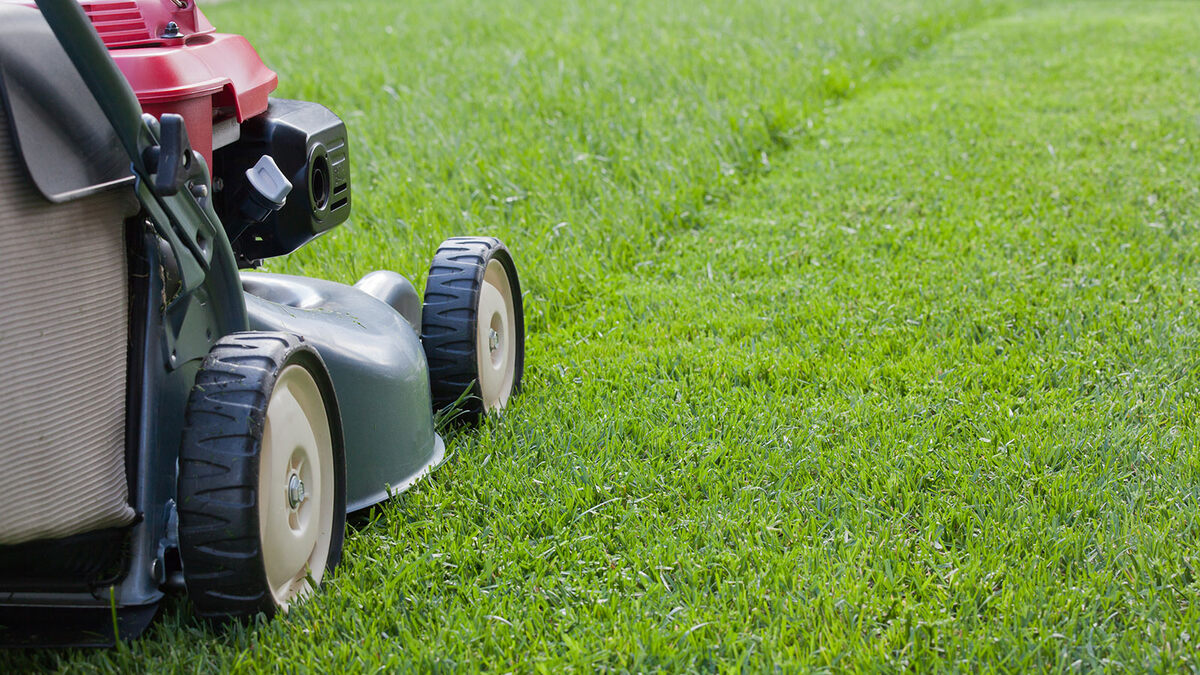

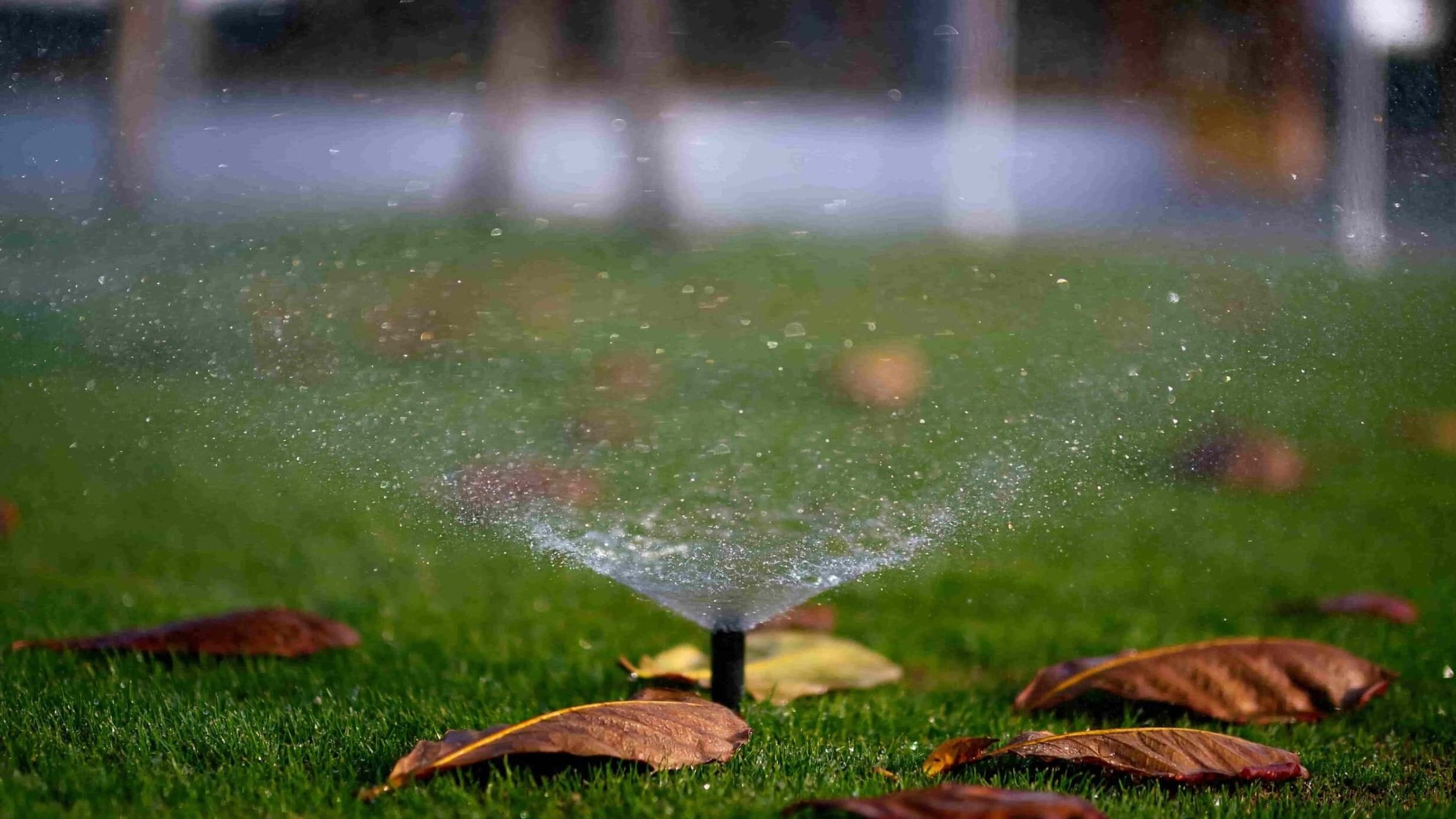
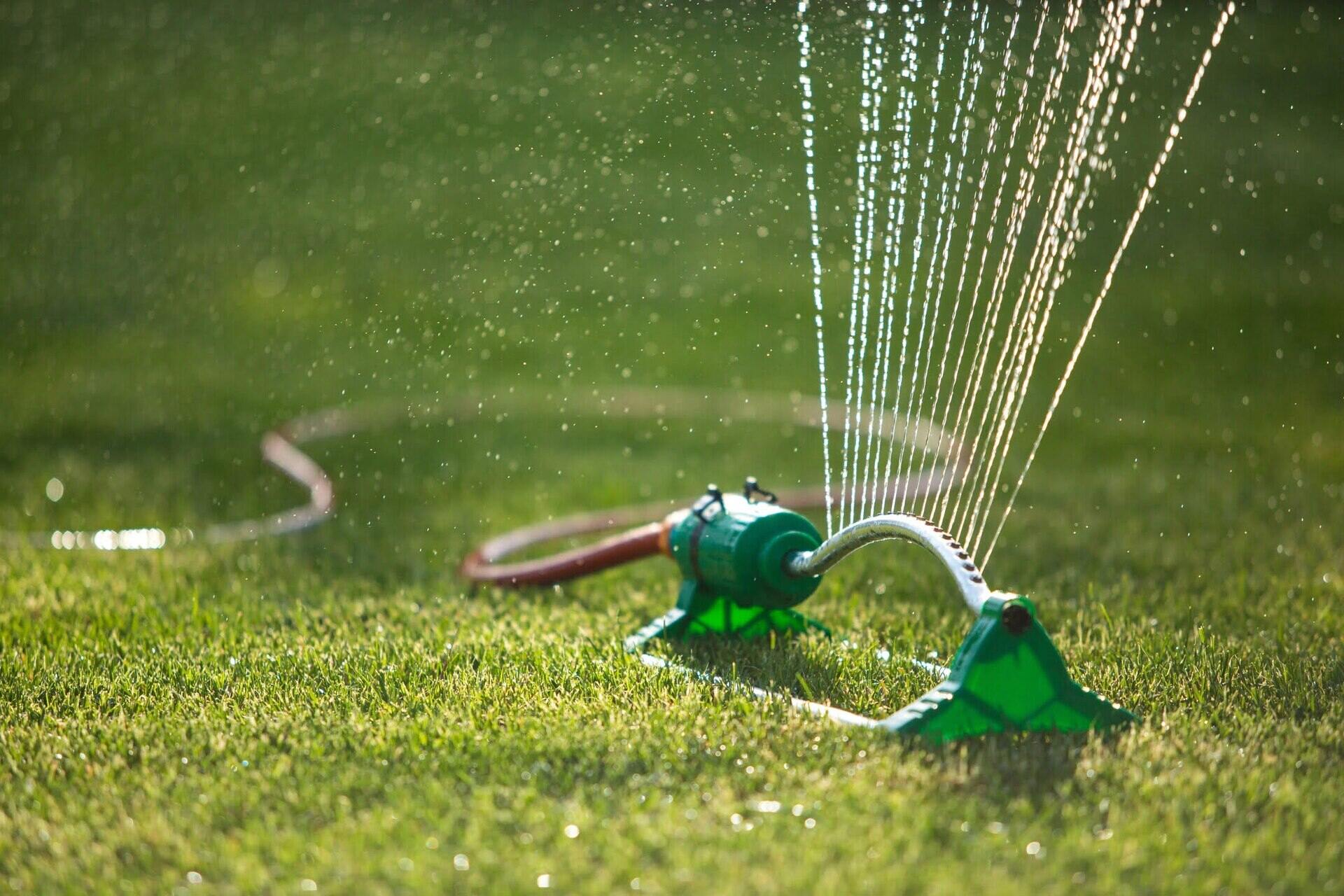
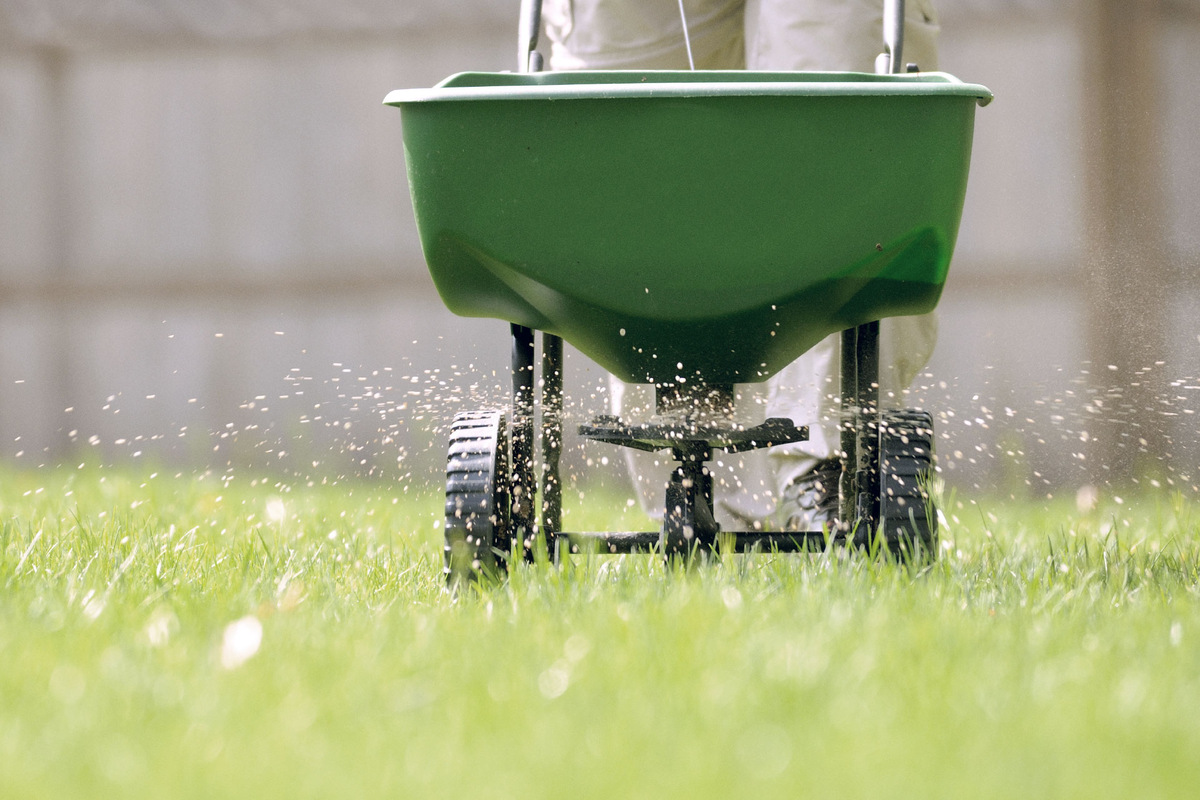


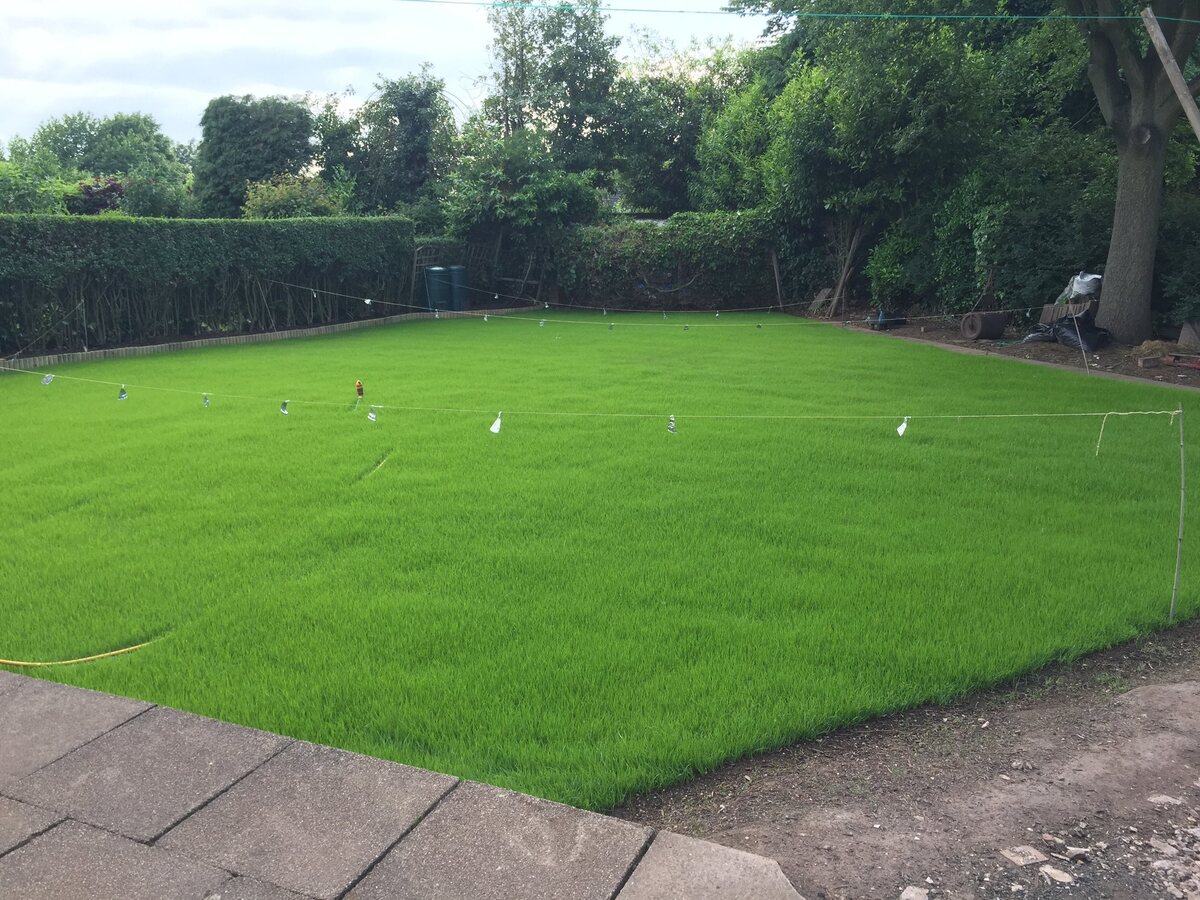
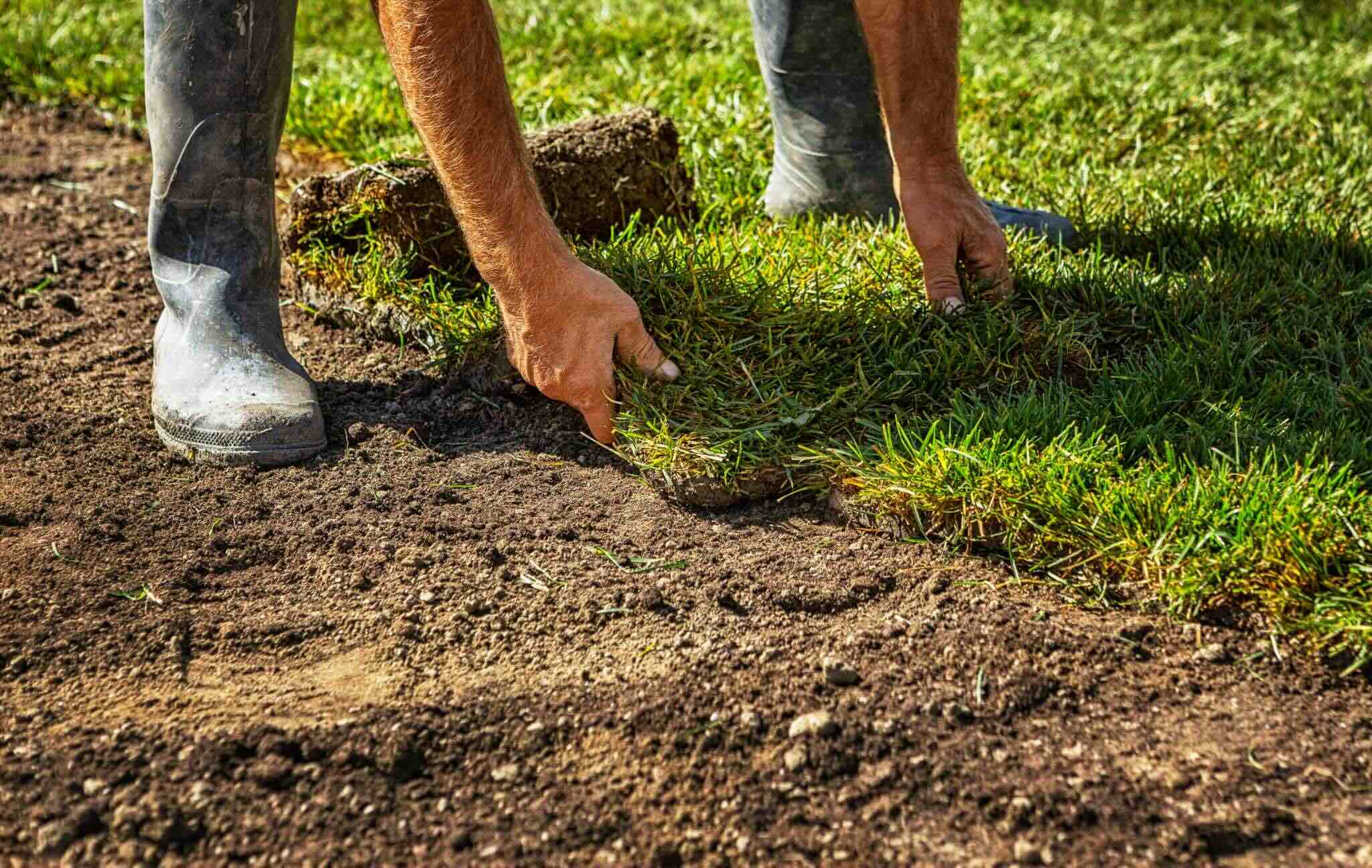



0 thoughts on “How To Take Care Of New Grass Seed”